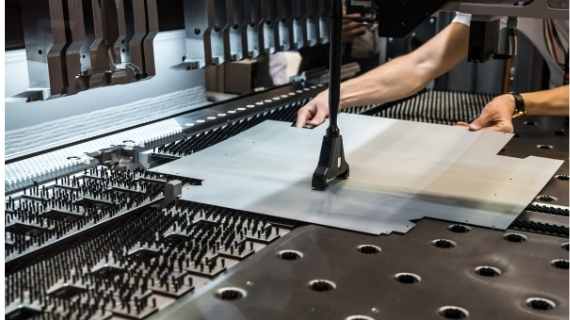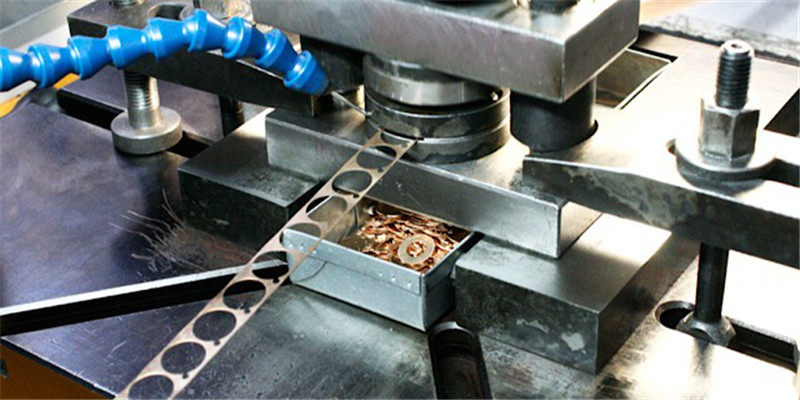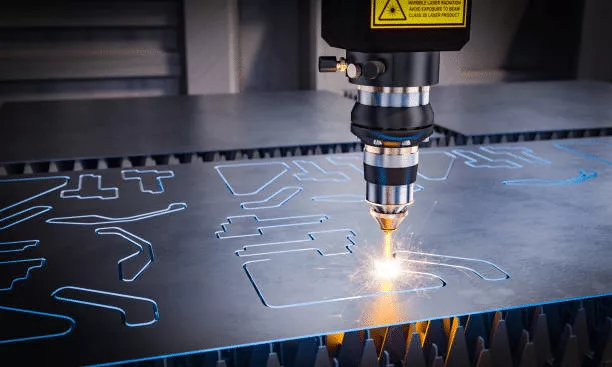In the realm of industrial manufacturing, the precision and accuracy of machinery are paramount. One such vital piece of equipment is the stamping press. Ensuring that your stamping press is properly calibrated can significantly impact the quality and efficiency of your production line. This stamping press calibration guide aims to provide a comprehensive understanding of the process, ensuring that you can maintain the highest standards in your operations.

What is Stamping Press Calibration?
Calibration is the process of configuring an instrument to provide a result for a sample within an acceptable range. In the context of a stamping press, it involves adjusting the press to produce parts that meet specific dimensional and quality standards. Proper calibration ensures that the press operates effectively, reducing waste and improving product consistency.
Why is Calibration Important?
The importance of stamping press calibration cannot be overstated. Incorrect calibration can lead to a host of issues, including increased wear and tear on equipment, higher rejection rates, and even costly downtime. By ensuring that your press is correctly calibrated, you can enhance the lifespan of the machinery, maintain high levels of productivity, and ensure that the products meet customer specifications.
Benefits of Regular Calibration
- Improved Product Quality
- Reduced Equipment Wear
- Lower Rejection Rates
- Increased Efficiency
Steps in the Calibration Process
Calibrating a stamping press involves several critical steps. Each step must be performed with precision to ensure the optimal functioning of the press.
Initial Assessment
Before beginning the calibration, conduct a thorough assessment of the press. Check for any visible signs of wear or damage that might affect the calibration process.
Adjusting the Press
The next step involves making the necessary adjustments to the press. This can include setting the correct pressure, aligning the die, and ensuring that all components are properly lubricated.
Testing and Validation
Once adjustments are made, conduct a series of tests to validate the calibration. This involves running the press and measuring the output against predetermined standards.
Tools Required for Calibration
Having the right tools is crucial for effective calibration. Common tools include micrometers, calipers, and pressure gauges. These instruments help in ensuring that the press is set to the correct parameters.
Common Challenges in Calibration
Calibrating a stamping press is not without its challenges. Technicians often face issues such as equipment wear, environmental factors, and human error. Understanding these challenges can help in developing strategies to overcome them.
Equipment Wear
Over time, the components of a stamping press can wear down, leading to calibration errors. Regular maintenance and timely replacement of worn-out parts can mitigate this issue.
Environmental Factors
Temperature and humidity can affect the calibration process. It is essential to conduct calibrations in a controlled environment to ensure accuracy.
Human Error
Errors during calibration can occur due to human oversight. Proper training and adherence to standard procedures can reduce these errors significantly.
Maintaining Calibration
Once a press is calibrated, maintaining that calibration is essential. Regular checks and adjustments can ensure that the press continues to operate at peak efficiency. Implementing a calibration schedule can help in keeping the press in top condition.
Technological Advancements in Calibration
Advancements in technology have made calibration more precise and efficient. Modern presses often come equipped with digital interfaces and sensors that aid in more accurate calibration.
Digital Interfaces
Many modern stamping presses feature digital interfaces that provide real-time feedback on the press’s performance. These interfaces can guide technicians in making precise adjustments during the calibration process.
Advanced Sensors
Advanced sensors can detect minute deviations in the press’s operations, allowing for immediate corrections. This technology minimizes the risk of producing defective parts and enhances overall production quality.
Conclusion
Ensuring that your stamping press is correctly calibrated is critical to maintaining efficient and high-quality production. Regular calibration not only enhances product quality but also extends the lifespan of the machinery. By understanding and implementing the steps outlined in this guide, manufacturers can significantly improve their operations.

FAQs
How often should a stamping press be calibrated?
It is recommended to calibrate a stamping press at least once a year, or more frequently if the press is used under strenuous conditions.
What tools are needed for calibration?
Essential tools for calibration include micrometers, calipers, and pressure gauges.
Can calibration be automated?
With advancements in technology, some aspects of calibration can be automated, though human oversight is still crucial for ensuring accuracy.
For more detailed information about the stamping process, you can visit Phoenix Specialty. Additionally, explore the benefits of maintaining quality control in stamping production at Modern Metalworks.
This article contains affiliate links. We may earn a commission at no extra cost to you.

